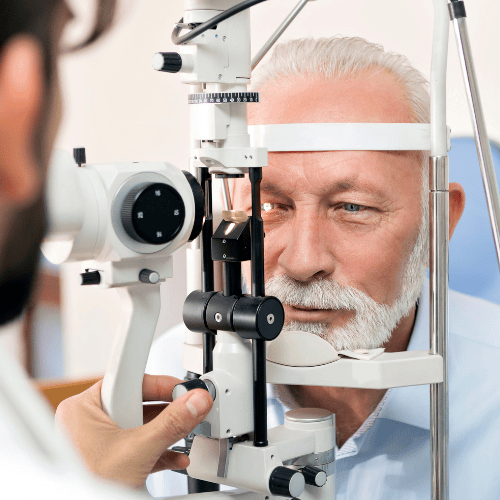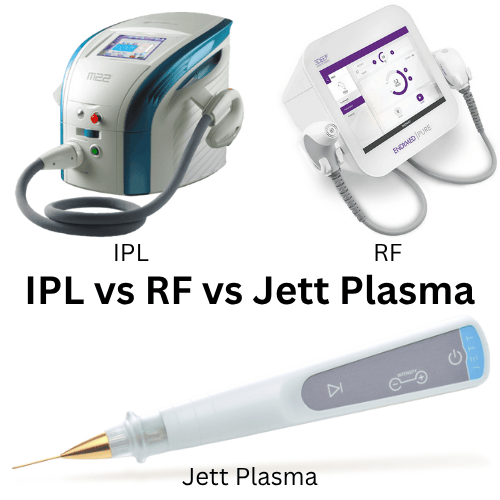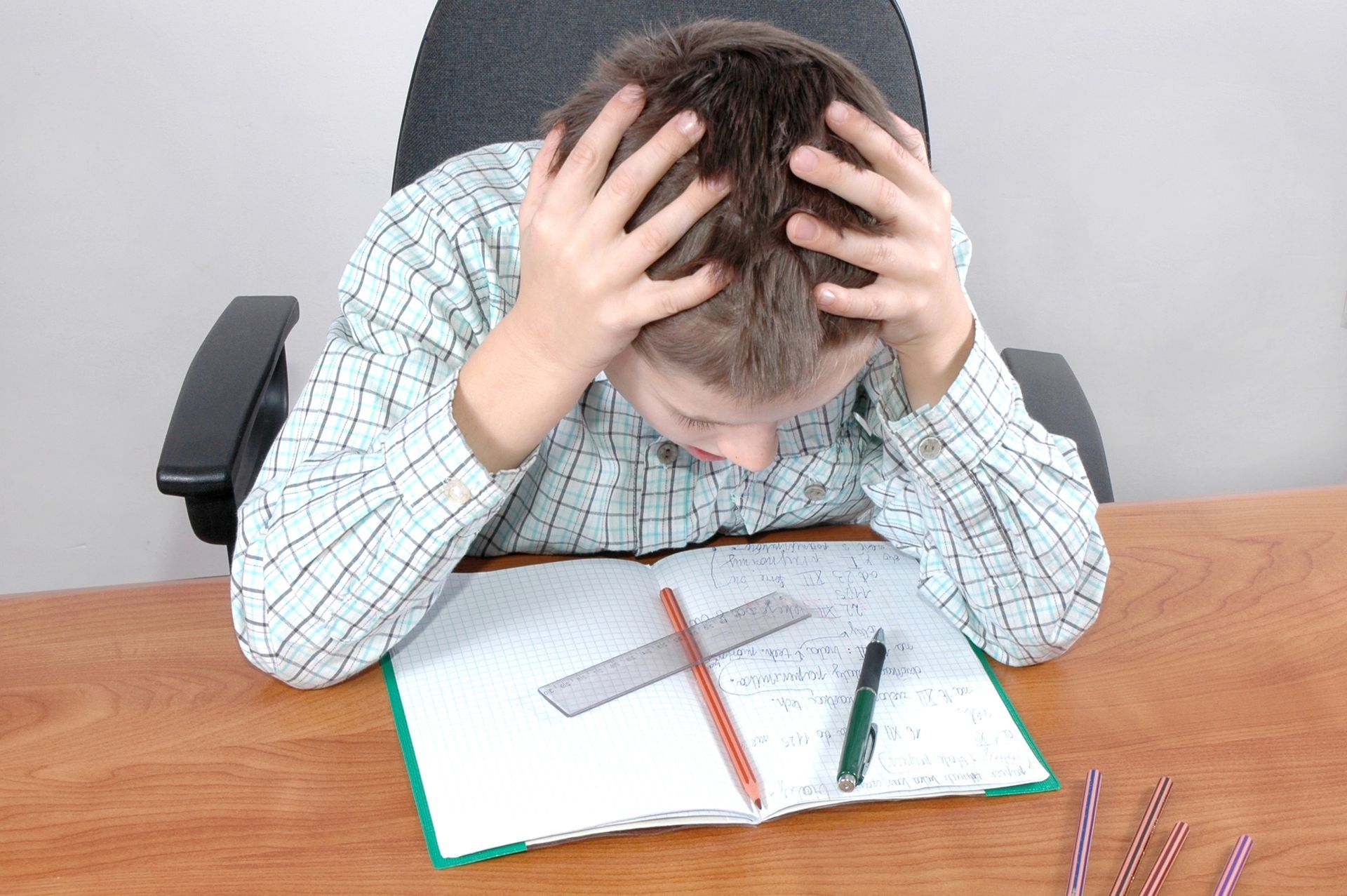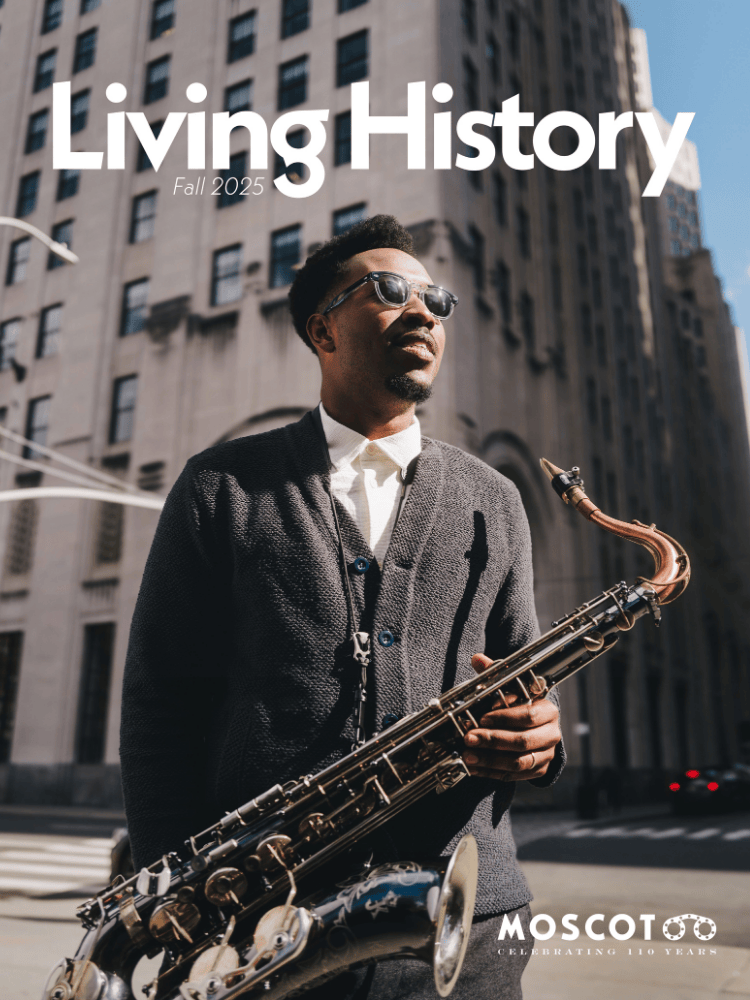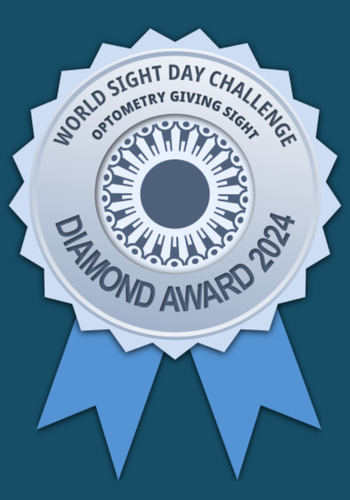VISION SKILL DEVELOPMENT IN EQUESTRIAN SHOW-JUMPING
We have many patients who participate in equestrian sports – several competitively. What are the vision skills that are needed in this sport?
Recently a few of us from Mountain View Optometry went to Delacour Hall to present to the young riders on this topic. Following is a summary of what we discussed (we specifically focused on show-jumping).
While show-jumping requires the same kinds of vision skills as other sports such as hurdling, pole vaulting and high jumping, there are two main differences. First, the obstacles to be cleared are often designed and painted with confusing patterns to increase the challenge. This can make it difficult to gauge depth and accurately estimate distances, approach speeds and take-off points. Secondly, horses have poorer vision than humans. They have blind spots directly in front of them, have worse colour and contrast perception and even the position of their eyes at the sides of the head makes it hard for them to perform a complex focused activity such as clearing an obstacle.
With these challenges, vision skill development is important to enable equestrian show-jumpers to practice executing the precise commands required to navigate a course safely and efficiently and excel in their sport.
Eliminate Visual Confusion
With all the distractions happening during a typical equestrian obstacle course, along with the stresses involved in controlling a large, fast-moving animal it is easy to lose concentration. Our brains are well-adapted to noticing all visual information – but directing our eyes at all of it will lead to poor decision-making and timing errors. Riders are taught to selectively ignore visual confusion by focusing in on one spot – the middle of the upper part of each jump as they approach it.
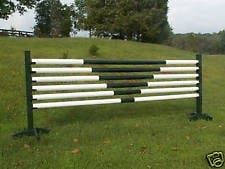
Increase “Time-to-focus”
The right time to start focusing on the next jump is “as soon as possible”. The more time the brain has to pull in visual information, the better equipped it will be to respond appropriately with properly-timed commands. Studies done on professional show-jumpers revealed that these riders spent up to 3 seconds longer focusing on each approaching jump as compared to less-experienced riders. Many of these pros consciously direct their attention to the next jump before they have even completed the one before.

Improve Spatial Awareness
Spatial awareness means being aware of the relevant visual information surrounding the task at hand. The key word is “relevant”. As mentioned it’s important to eliminate visual confusion by laser-focusing the eyes on one spot. Spatial awareness involves seeing this section of the jump in relation to other points of reference or objects. This increases the brain’s ability to judge depth and therefore make correct decisions. Seasoned riders know they need to keep two other points of reference in their peripheral vision as they approach each obstacle – the takeoff point and the landing point. Spatial awareness skills can be practiced and developed by cross-training in other sports such as soccer, baseball or basketball.
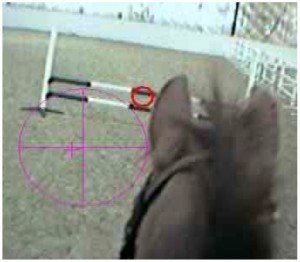
Visual skills development in equestrian, like other sports, will result in improved performance. As always this should start with a comprehensive eye exam to ensure that vision is clear, but also to test for any deficiencies in eye teaming, coordination, depth perception, or focusing.
-Dr. Wilk

